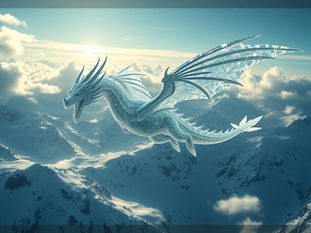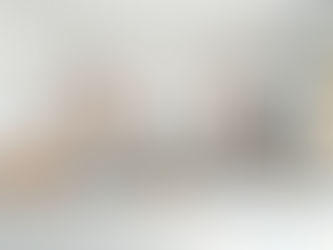
How to Place Specific Characters and Objects in Midjourney Scenes Consistently
Jun 5
4 min read
0
183
0

Getting consistent characters or specific objects exactly where you want them in Midjourney can feel difficult. You might have a great idea for a scene, but adding existing elements like characters or pets often breaks the style or sizing.
Standard methods like using Omni Reference or Retexture on their own often don't work well for this. You lose consistency, especially with smaller details or multiple elements. Trying to fix things in the Midjourney editor after generating can also be a problem because reference features aren't always supported.
But there is a better way to achieve the exact look and placement you want.
The Problem with Standard Methods
Imagine you want to put your and your parents' dogs into a painting of a park scene. You create the scene easily. But getting accurate versions of both dogs into the painting, with matching style and lighting, is tricky. Using reference images in the initial prompt might make one dog look right but not the other, or mess up their sizes. Trying to combine separate generations in an editor often looks fake.
Manually fixing parts of an image in the Midjourney editor after it's generated can cause the overall style or character appearance to fall apart. This happens because the tools available sometimes struggle to maintain the look you've established with references during the initial generation.
A New Approach: Using a Temporary Reference Layer
Instead of just using references in the prompt, think about bringing the reference image *into* the picture you are working on, just temporarily. This is like creating a 'temporary reference layer' that Midjourney can use directly within a specific area of your image.
This method adapts from tips for getting consistent, detailed characters. The idea is to teach Midjourney exactly what you want by giving it the reference right inside the piece of the image you are generating.
Steps for Using a Temporary Reference Layer
Start by generating your main target scene. Make sure it has the style you want.
Get two accurate reference images of the character or object you want to add. Having two with slight variations helps Midjourney understand different poses or appearances better. These references should match the style of your target scene.
Decide where in your target scene you want to place the character or object.
Take that specific section of your target scene.
Combine this scene section with your reference images. Place the reference images on either side of the scene section. This creates a new image that Midjourney will use as a visual guide.
Go back into the Midjourney editor (or a tool that supports this).
Erase the spot in your target scene where the new element will go.
Use your original text prompt along with the combined reference image you just created.
Generate the new section.
This process helps Midjourney understand the character likeness from the references, the style from the scene part, and where to place the new element from the combined image layout. The result is a high-quality addition that fits the context of your scene.
Simplify Your Workflow
Doing this manually can involve a lot of steps – aligning images, keeping track of different files, and making sure the final piece fits back perfectly into your original scene without visible seams.
This is where a specialized tool can make a big difference. The Midjourney Automation Suite by TitanXT is designed to handle these complexities for you. It helps you organize your images and references into projects. You can select a part of your image, apply the references easily to create that combined image guide, and then use the result seamlessly in Midjourney. The tool takes care of making sure the new generated piece fits back into your original image correctly.
Using a tool like the Midjourney Automation Suite helps you preview your changes before saving, ensuring you get the look you want without the manual hassle of aligning and merging images.
Reliable Results for Any Subject
This method works for more than just characters. You can use it to accurately place buildings, objects, or even special effects into your scenes. If you only need to make one or two images, doing it manually might be fine. But for larger projects or images with many specific elements, automating this workflow can save you a lot of time and effort and help you achieve exactly what you picture.
Want to make this process easier? Check out the Midjourney Automation Suite from TitanXT. It provides the file management and joining features needed for this workflow automatically.
Conclusion
Achieving pixel-perfect control over character and object placement in Midjourney is possible with the temporary reference layer technique. By bringing reference images directly into the scene composition you provide to Midjourney, you give the AI the context needed to generate elements that match your vision in terms of likeness, style, lighting, and placement.
While the manual steps can be time-consuming, tools like the Midjourney Automation Suite by TitanXT streamline the process, handling the complex parts like image combining and placement, allowing you to focus on your creative ideas.






